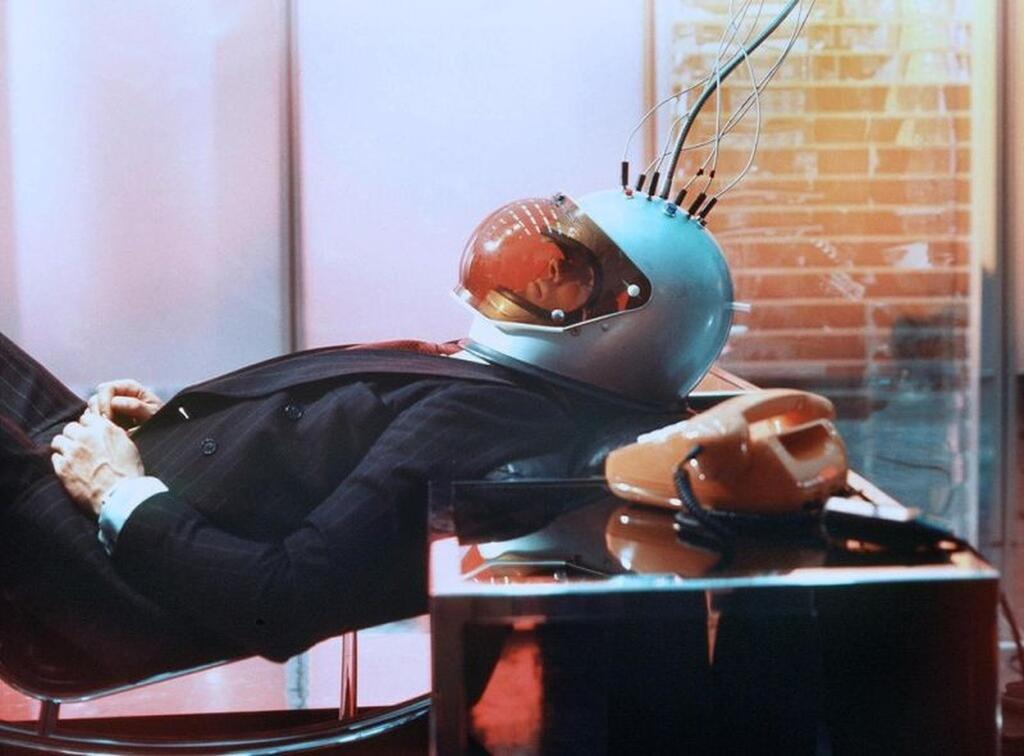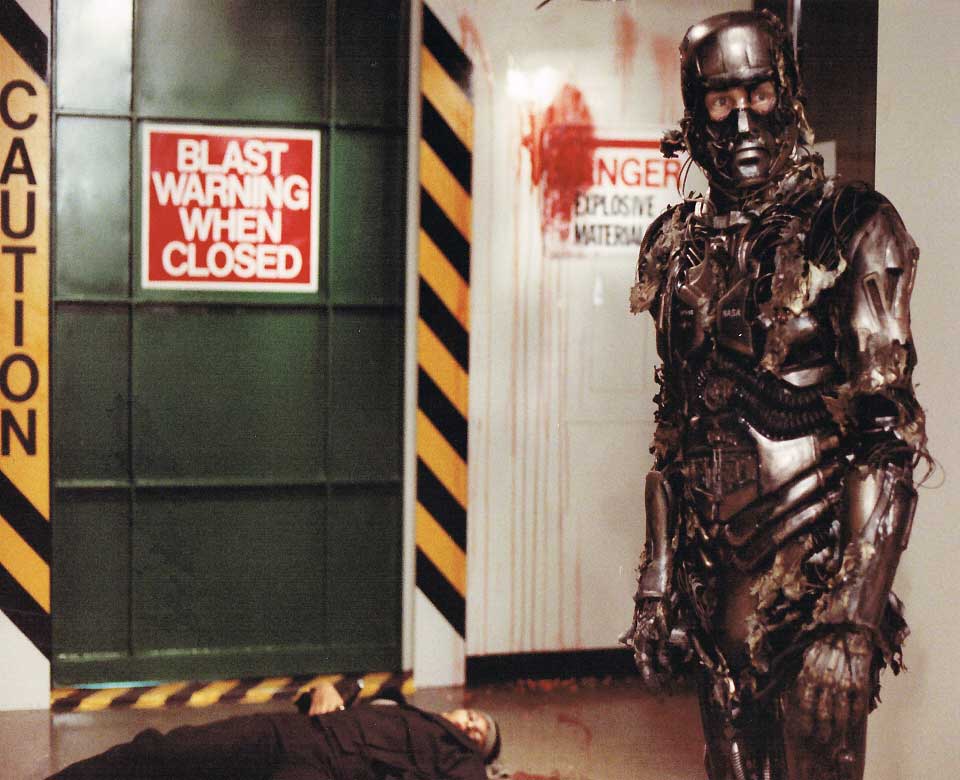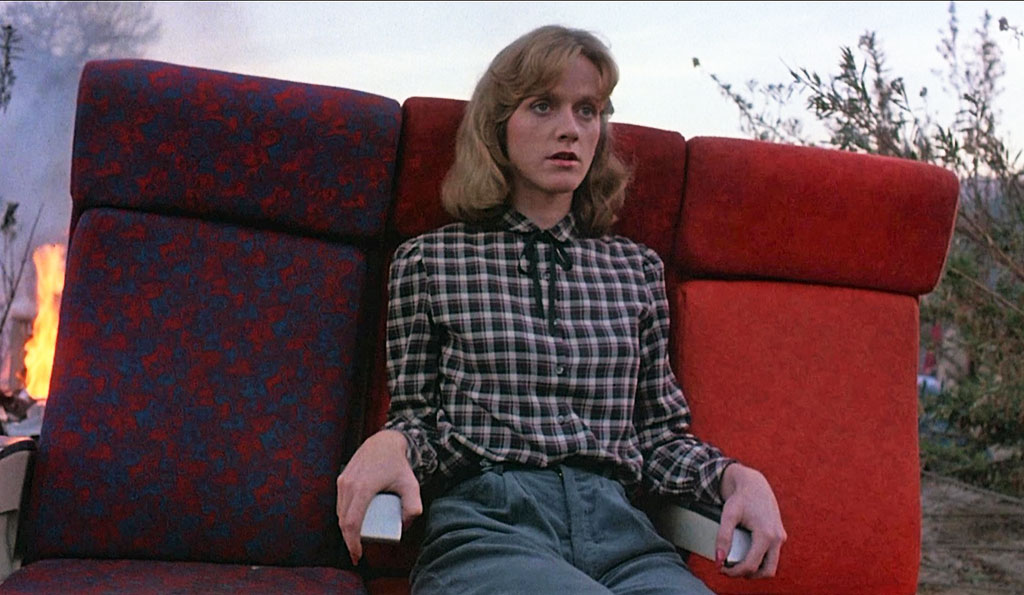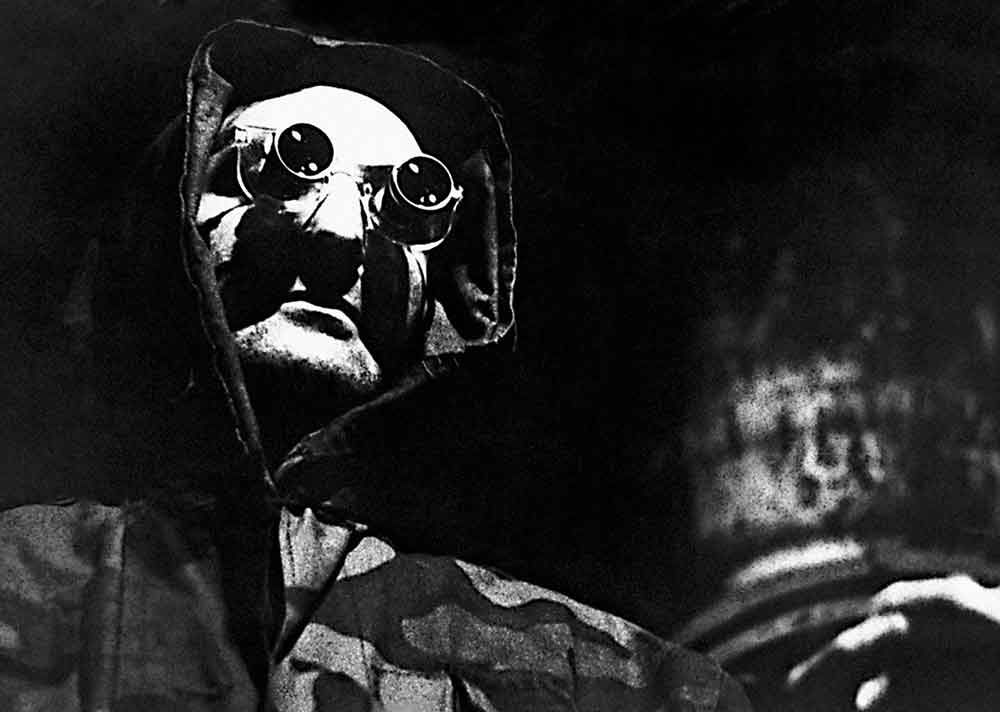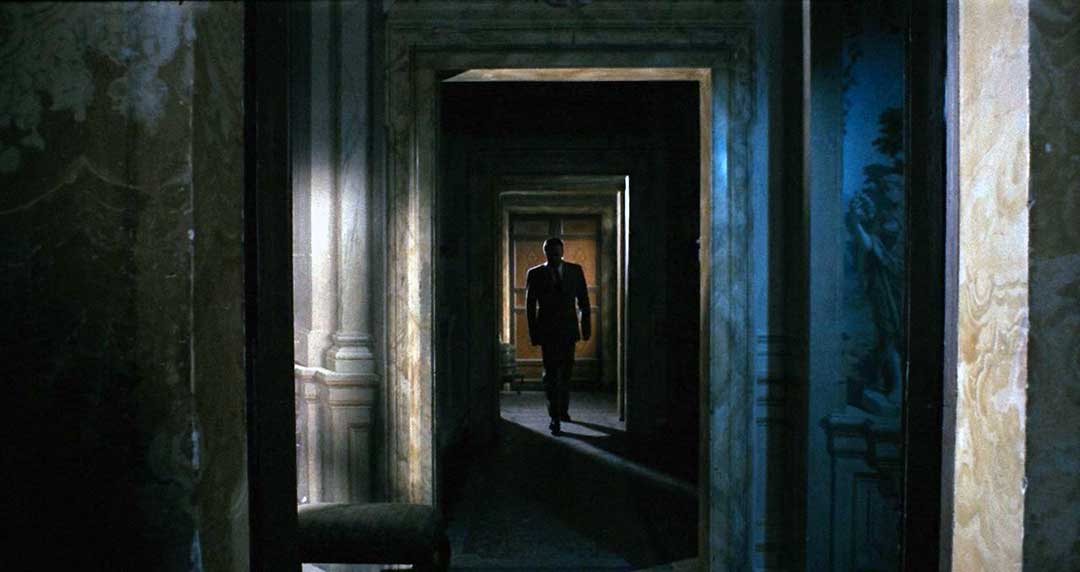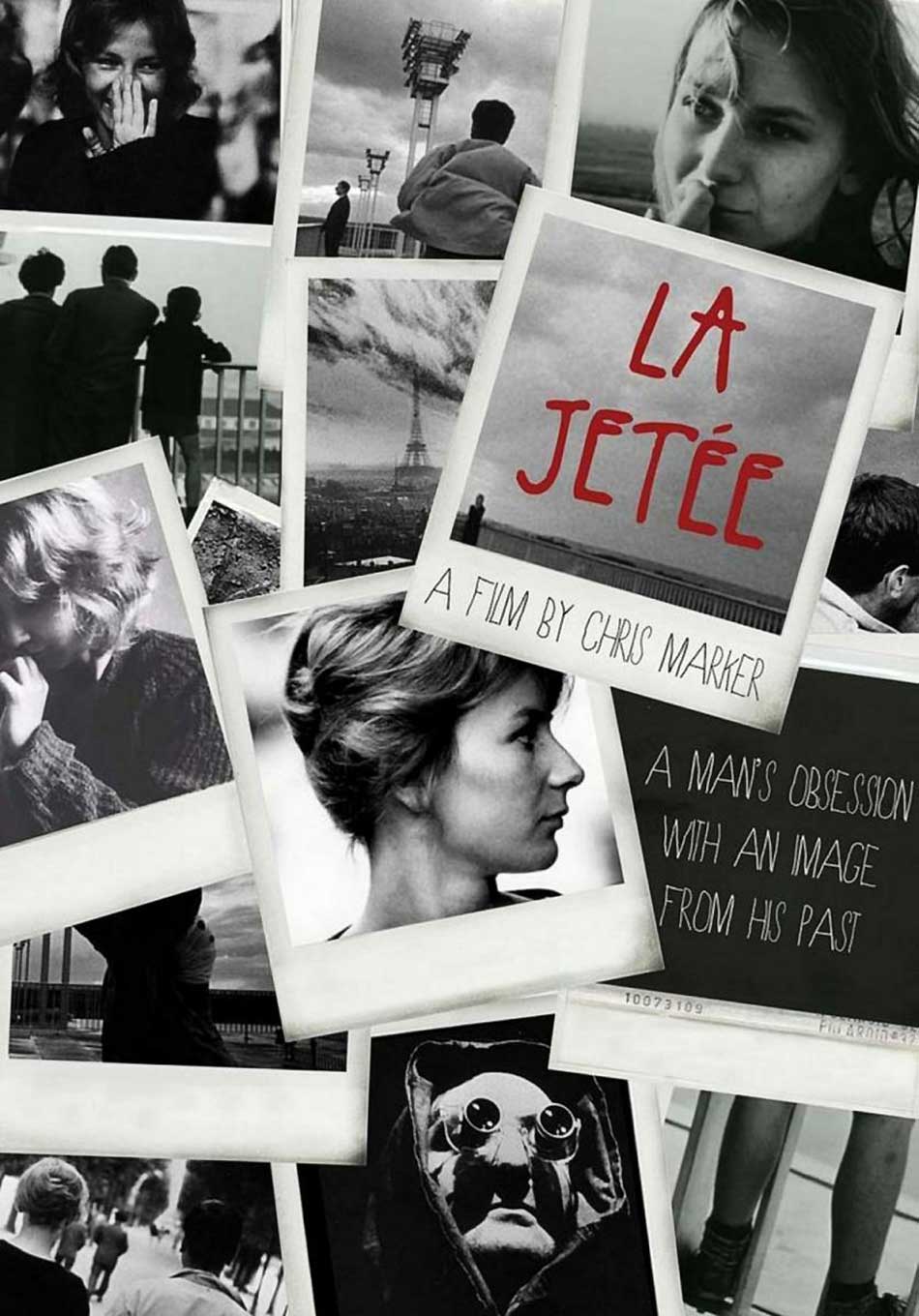”Where do ideas arise? How do they develop? Who has the economic and marketing possibilities to create and spread a successful product but is searching for a new and powerful idea, where can he find it? Are the minds of the film writers of the big production companies enough or do you sometimes have to steal here and there?
Daniele Pieraccini
In Hollywood studios, they know something about this. The world film scene offers inexhaustible hints of ideas: in particular, Europe and Asia have always been sources of more or less derivative inspiration for US producers. You take an interesting film, with a brilliant concept and convert it into a product for the masses, making the necessary changes to meet the tastes of the general public and making it spectacular with “explosive” visual ideas and well-known faces of superstars. A process that has always been applied, for example, also in pop and rock music.
Obviously, works of a certain depth have also emerged from the famous studios on Sunset Boulevard, but we must keep in mind that we are talking about a real industry for profit, a financial machine rather than an artistic one, with very rigid rules and hierarchies that also concern the creative aspect.
We, therefore, want to present you, among the many, five films that have been forerunners to great successes at the box office, some repeated in sequels, remakes, reboots or real franchises. It seems right to recognize to certain works and to those who conceived them the added value of more or less obscure forerunners to the masses.
1 – “World on a Wire” becomes “The Matrix”
The authors of the franchise starring Keanu Reeves have stated that they were inspired by Japanese animated films such as Akira, Ghost In The Shell and Ninja Scroll. No mention for another anime, Megazone 23 which is the one they drew on in more detail.
On closer examination, the Wachowskis drank on many “sources”, among others it is worth mentioning the sci-fi noir Dark City, Ubik by P.K. Dick but, above all, the TV film World on a Wire (Welt am Draht) by Rainer Werner Fassbinder, released in 1973 and then taken up in an updated and softer way at the end of the millennium in the film The thirteenth floor by Josef Rusnak.
The German director, based on the novel Simulacron 3 by Daniel F. Galouye, stages a surprisingly current, very modern story: a virtual reality program creates a world whose inhabitants live as authentic, a world made of augmented reality and paradoxically simulations more true than true. In this environment, only a “contact person” is aware of living in a simulation.
In the early seventies, we were far from the big data society and the compressed and instantaneous world of digital as we know it now, which is why Fassbinder’s film is a surprising precursor of The Matrix and of doubts about the veracity of our existence.
2 – “The Vindicator” becomes “Robocop”
Also known as Frankenstein 88, The Vindicator is a 1986 film, directed by Canadian Jean-Claude Lord, a director with a very Hollywood style but interested in political issues.
Following an accident, a scientist’s brain and body parts are transplanted into a robot. The resulting cyborg maintains a human and conscious component, unleashing various massacres to get his revenge. Lord was undoubtedly inspired by the myth of Frankenstein, by the 1959 film The Colossus of New York and he undoubtedly drew on the aesthetics of the first films of his compatriot David Cronenberg, but we must acknowledge that he point to a story that, the following year, Paul Verhoeven will re-propose (taking the human aspect of the protagonist’s tragedy into the background) in the much more famous Robocop.
3 – “Sole Survivor” becomes “Final Destination”
A woman inexplicably emerges unscathed from a terrifying plane crash; she tries to resume her life normally but, in addition to an understandable mental illness, strange events and phenomena haunt her. Death herself wants to complete her work, the survivor will not be able to escape her fate.
Sole Survivor, released in Italian (on the sly) as Ragnatela di morte, is a 1984 film by director Thom Eberhardt, author in the same year of the interesting Night of the Comet.
Although the origins of such a concept can be traced back to the 1962’s cult movie Carnival of Souls, it is from Sole Survivor that James Wong undoubtedly drew the inspiration for the first film of the Final Destination pentalogy.
4 – “La Jetée” becomes “12 Monkeys”
Terry Gilliam has never hidden his source of inspiration for the film starring Bruce Willis, but it is impossible not to pay homage to a work ahead of its time such as La Jetée, an experimental short film from 1962 made by French director Chris Marker. sequence of photographic images with a voiceover that tells the story. A sort of post-apocalyptic photo novel, in which we find:
-a shooting scene in an airport, central to the story
-a world devastated by a catastrophe
– dungeons where the prisoner is forced to travel through time
– mysterious marks on the walls
– references to the animal world
All strong points of 12 Monkeys, released over thirty years later.
5 – “Twitch of the Death Nerve” / “Torso” become “Friday the 13th” and “Halloween”
For the last “case” that we will consider it would be more appropriate to talk about inspiration for an entire genre, that type of horror that takes the name of slasher.
The progenitors of this type of film are considered, in the mainstream, Halloween (1978) by John Carpenter and Friday the 13th (1980) by Sean S. Cunningham.
But to inaugurate and anticipate the genre that later became very popular and exploited in America were two Italian directors: first of all Mario Bava, with his 1971 Twitch of the Death Nerve, then Sergio Martino in 1973 with The Bodies Bear Traces of Carnal Violence.
Many have “fished” from the works of Mario Bava, some have even built a disproportionate fame behind the intuitions of the Italian horror master, who has given rise to numerous other genres over the years, despite budget and timing of limited achievement.
In his films we can discover several scenes plagiarized by American and Italian authors.
This is the case of Reazione a catena (in the English-speaking markets released as Twitch of the Death Nerve, Bay of Blood, Bloodbath), totally full of sequences copied by everyone, from Carpenter to Sam Raimi to the aforementioned Friday the 13th saga. It is worth mentioning the critic Alberto Pezzotta: “The slashers like Friday the 13th seem to have shamelessly copied it, without having understood the essential: that Bava does not respect any rules. And not only is he more cultured and more ironic than his alleged followers, but also much more evil ”.
Sergio Martino also starts from a sequence of Bava’s film to make an entire film based on university girls targeted in an isolated environment. A sub genre of the slasher genre, that of sinful schoolgirls, was therefore born with I corpi presentano tracce di violenza carnale (Torso or The Bodies Bear Traces of Carnal Violence), Quentin Tarantino‘s favorite Italian thriller, who from the genre repertoire of our cinema has always drawn copiously.
“Così imparano a fare i cattivi!”
We close with the working title of Reazione a catena, making fun of the “crafty” directors we caught… even if it is necessary to reiterate that our intent is more to offer the right tribute to artists who, with their creativity, have offered significant ideas and paved the way for others to follow.


